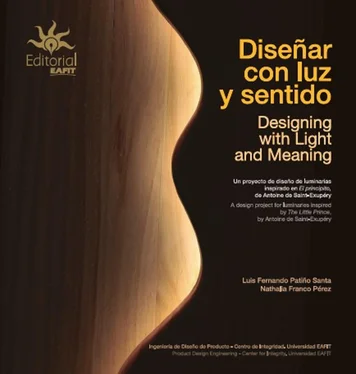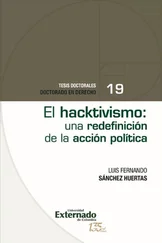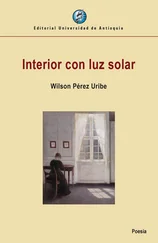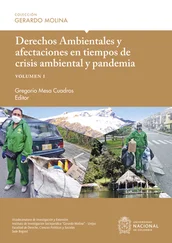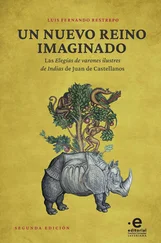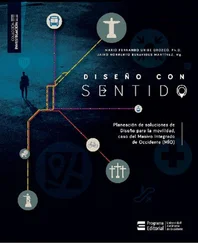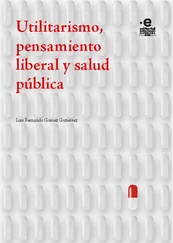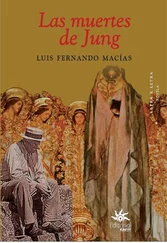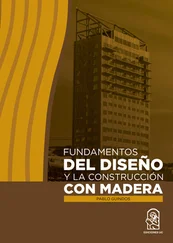Manuela Jaramillo Correa – Amicitia
Marcela Ossaba Restrepo – Bream
María Antonia Granada Granada – KUP
Maria Fernanda Pérez Hernández – Fierté
María Isabel Gómez Ramírez – The Last Trip
María José Foronda Campuzano – Exvoto
María Paula Murillo Loaiza – Cosmos
Maria Valentina Salas Vargas – Renard
Mariana Sierra Saldarriaga – Deserto
Natalia Correa Machado – Vios
Natalia Franco Gutiérrez – Tala
Nicolás Caycedo Toro – Ser
Paulina Giraldo Zuluaga – Amitié
Ricardo Alberto Camargo Piedrahíta – Lien
Rosario Álvarez Bermúdez – Cristal Rose
Santiago Henao Agudelo – Deld
Santiago Montoya Arbeláez – Tomrêve
Sara María Hincapié Restrepo – Racines
Sarah Rodríguez Gómez – Dolly
Sebastián Gómez Ramírez – Ster Lag
Sofía Betancur Silva – Eolo
Sofía Cortés Alzate – Stella
Sonia Flórez López – Espoir
Tomás Loaiza Jiménez – Beam Desert
Valentina Giraldo Ramírez – Aian
Valentina González Sánchez – Aspid Lamp
Valentina Marín Sánchez – Volar
Valentina Mesa Giraldo – Ledgrud
Valentina Simmonds Tamayo – Fleur
Zarina Andrea Ayala Castro – Reflet
Bibliography
Notes
Prologue
When an atom is observed, it appears in space as a particle, and when the observer moves away, it disappears. It is a matter of quantum physics. This is what good projects are like: they appear when several people begin to think about them and dedicate their energy and motivation to them and continue if there is perseverance and profound dedication. In this case, the luminaires inspired by The Little Prince presented in this book and created through a design exercise in the Project 2 course, are imbued with values, knowledge, techniques and the love of one’s work. It is an unexpected, fresh and creative exercise for new generations who want to learn in a different way.
This book is the materialization of an encounter between two ideas: the first is how to teach design by motivating the students to learn, and the other is how to reflect on integrity in classrooms by designing with meaning. It is the testimony of an unforgettable exercise because it was engraved into hearts of those who participated in it. It reached our core, it pierced our hearts and will always be remembered as a great challenge for the Product Design Engineering (PDE) professors, the students, and the people who collaborated. It was essential to tell this story, so that it would remain as an academic testimony of how to innovate in the classroom and how to unite product design and integrity in a freshman year course in a challenging major such as PDE.
Thus, this book is a travel log that narrates how the exercise began, how it was developed and what the results were. The introduction explains which departments at Universidad EAFIT participated in the project and why they coordinated their efforts to give it life. Chapter 1describes what is meant by designing with meaning, from a universal inspiration and with something as immaterial as light. Chapter 2narrates the development of the exercise, its pedagogical strategy, and the most important findings. Finally, the conclusions reflect on the process from the standpoint of integrity and results presented by the students. The book concludes with photographs of the luminaries as a catalog.
The design process is infinite, and you can always innovate by proposing new challenges. We hope that this book will be a source of inspiration to anyone who holds and examines it, skims through it, or reads it carefully. It is an invitation to enter the world of creativity, design and humanity. It is a point of inflection to return to the understanding that “what is essential is invisible to the eyes.”
Introduction
Uniting efforts, building a team, and developing projects with an interdisciplinary approach is –clearly– a winning bet that can yield much fruit. This notion gave birth to the joint work between the Project 2 course, a subject that is part of the freshman year of PDE, the Center for Integrity and the Department of Artistic Development. In this spirit of cooperation, these three departments joined together to accompany the students in the design of a floor lamp, inspired by the book The Little Prince , by Antoine de Saint-Exupéry.
The role of each department within the University and its role in the project is explained below.
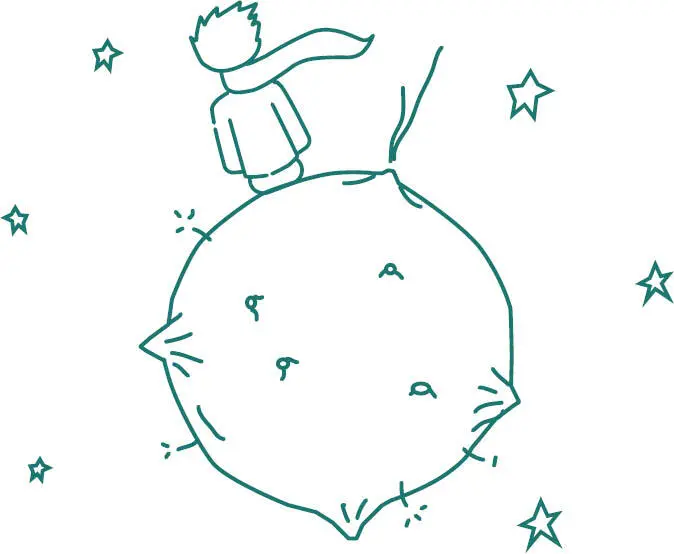
Product Design Engineering
Product design engineering is the term used to define the profession of the people who design and develop products from the standpoint of the end user and industrial production. In addition to the technical and economic performance of the products, they must be novel, easy to understand and operate, and capable of generating a visual and aesthetic appeal to successfully compete in the market (see Figure 1). In this respect, product design engineering merges design factors, which make a product desired by users; engineering factors, which guarantee its technological feasibility and; finally, market factors, which support the product’s viability as a business.
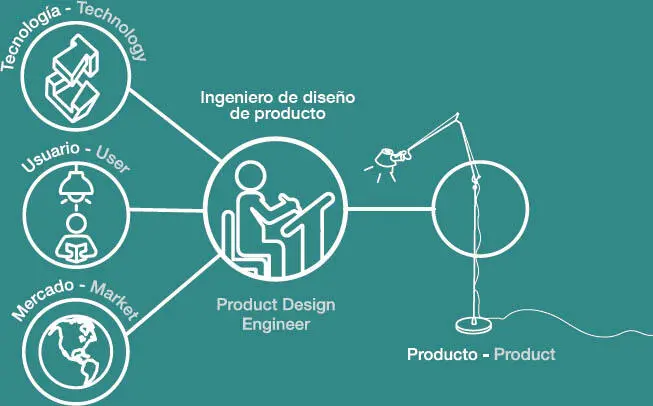
Figure 1. Profile of a Product Design Engineer
Profile of a Product Design Engineer
To achieve this level of professional training, PDE has an integrated factor area of study. The objective of this area is the integration of all the program’s study areas through their practical application in the development of a product design project. Consequently, using current theoretical and practical training principles of the university, this area seeks to integrate engineering, design, marketing and contextual factors, while favoring learning methods and employing them within a methodology to solve problems.
Project 2 is a design course that is part of the integrated factor area of the major’s second semester. It is meant to be the focal point of the semester. The course has a common structure based on three fundamental elements that define its themes, scope and methodological strategies: the pedagogical objective of the project, the context, and the design and construction of artifacts, which are described below.
• The pedagogical objective of the project: the project is the focal point and the ultimate aim of all the design exercises that are developed during the course. In this case, the pedagogical objective of Project 2 is for the students to become metacognitive, that is to say, to reflect on their own design processes. The goal is to train the students in technical and aesthetic elements and user needs.
• The context: is the environment in which the project is framed, and which allows the student to understand the problems that arise in the various segments of design in general. In this case, the work is carried out in the context of a home, in a category of artifacts that are characteristic to the major: furniture.
• The design and construction of artifacts: the purpose of this element is for the students to acquire and apply technical and formal knowledge in solving problems related to the design context that has been defined for the exercise. Two exercises are developed in the course: a standing luminaire and a piece of furniture for a specific user.
Читать дальше
